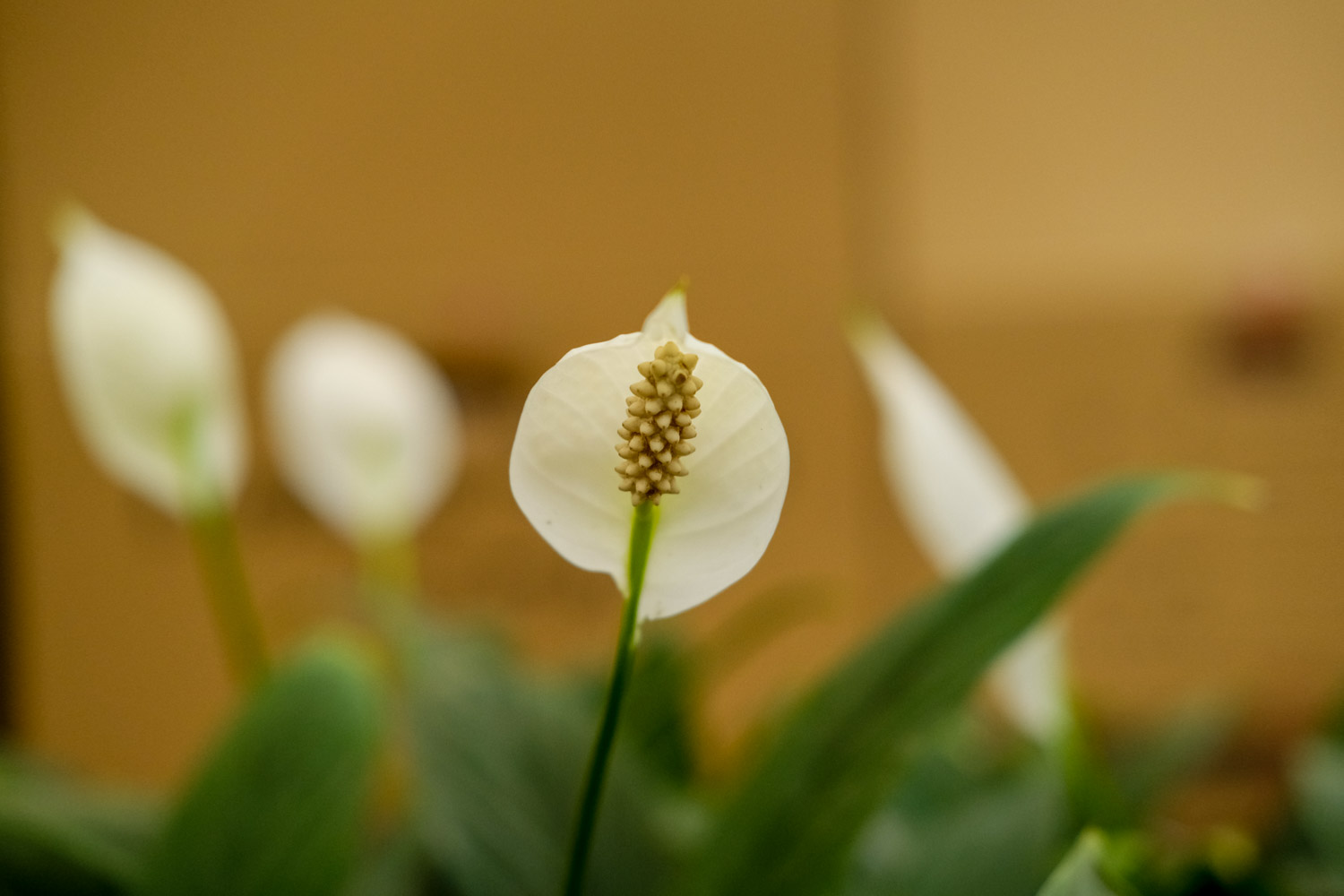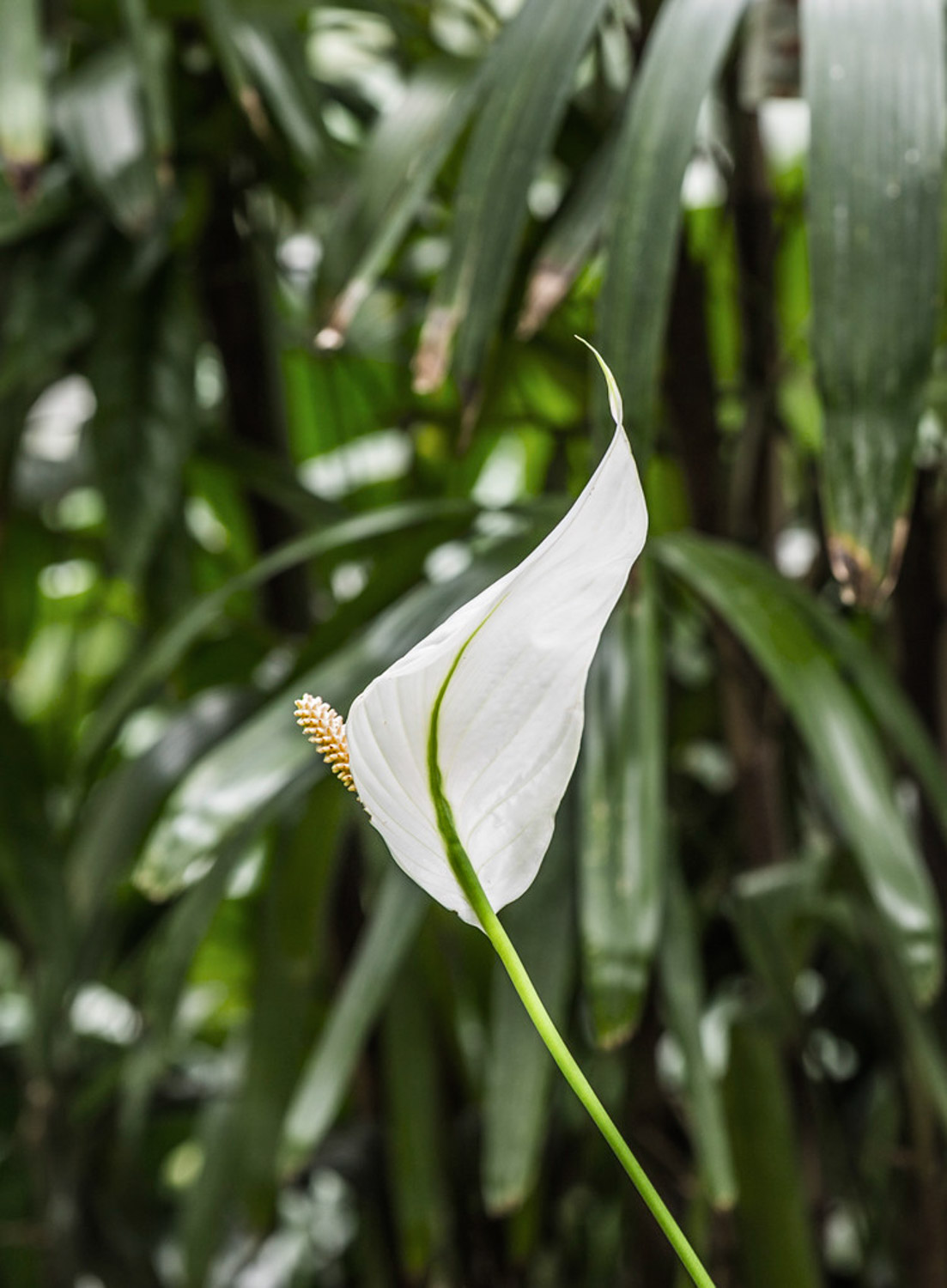1. Controlled watering
Palmetto likes the soil slightly moist, which is not suitable for long-term ponding. Especially when the temperature is low, if there is long-term ponding and rotten roots, the blade tip and blade edge will be blackened. If it is not controlled in time, the blackened parts of the leaves will increase, and finally the leaves will be completely black and rotten. It will grow poorly after several leaves are rotten continuously. In case of blackening, check the basin soil first. If it is in the state of ponding, control the watering frequency. At the same time, the water in the basin soil can be controlled, and it will gradually recover

2. Adjust temperature
If it is maintained in the low temperature environment in northern winter, it will also turn black, and regular spots will appear in the center of the leaves. It likes a warm environment. In the north, the temperature should be maintained above 15 ℃ in winter. Below 10 ℃, the leaves will grow poorly, and below 5 ℃, there will be frost damage with black spots


 how many times do yo...
how many times do yo... how many planted tre...
how many planted tre... how many pine trees ...
how many pine trees ... how many pecan trees...
how many pecan trees... how many plants comp...
how many plants comp... how many plants can ...
how many plants can ... how many plants and ...
how many plants and ... how many pepper plan...
how many pepper plan...





























